Lelo and the Levants, a classic sound from Gibraltar in the early 1980s
We began our journey last week in Turnbull’s Lane where the brothers Aurelio and Albert Danino grew up in the Gibraltar of the 1950s and 60s – a lively bustling area, ‘a hive of activity’, running parallel to Main Street but which sadly today lies mostly abandoned and derelict. From these roots, many years later, would emerge a fresh sound in the music of the 1980s, and from Aurelio Danino, who many of us from that generation would have known as Lelo and the Levants.
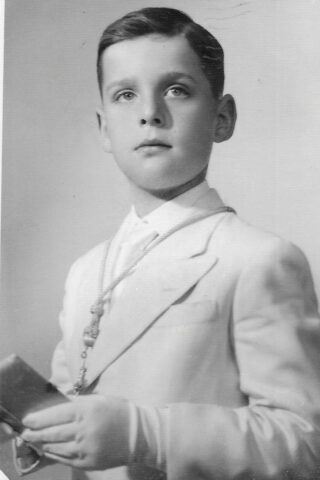
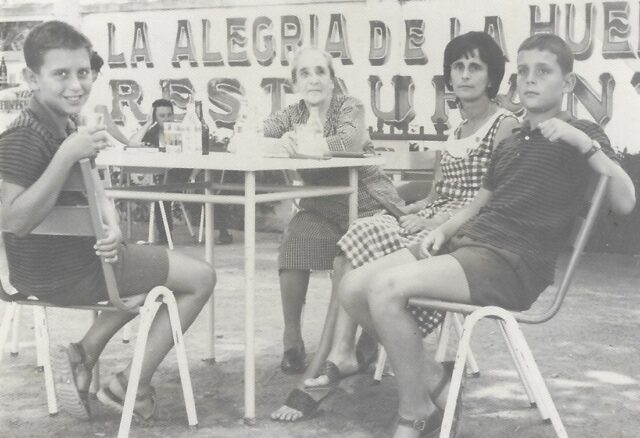
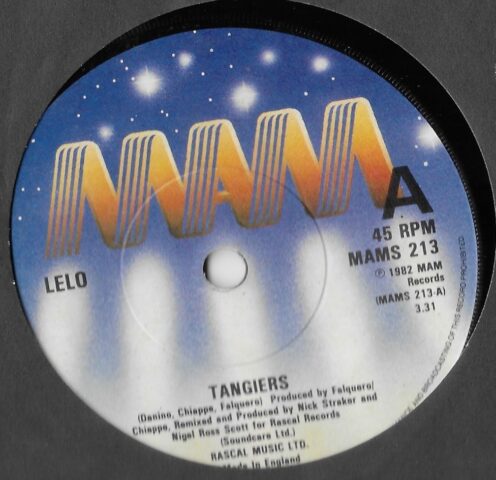
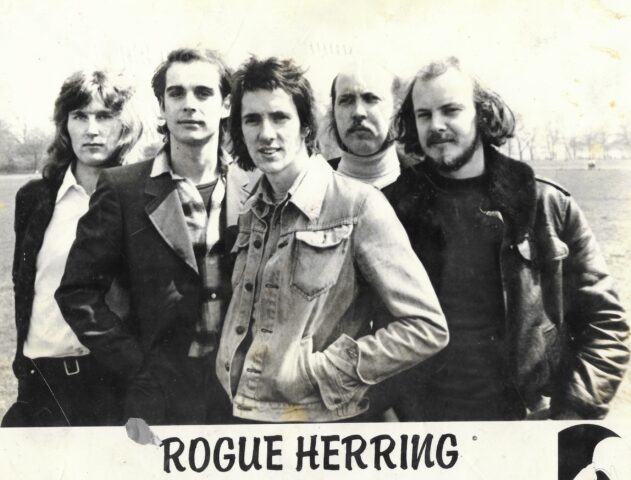
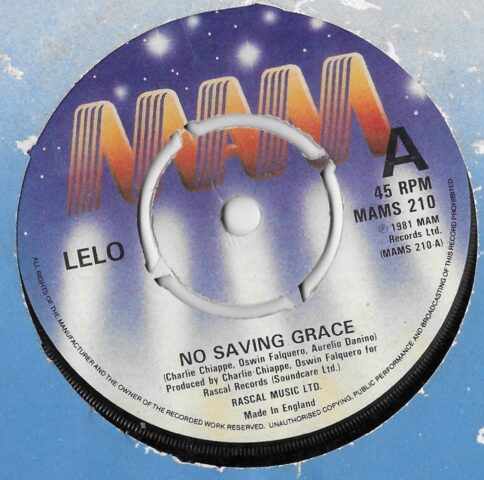
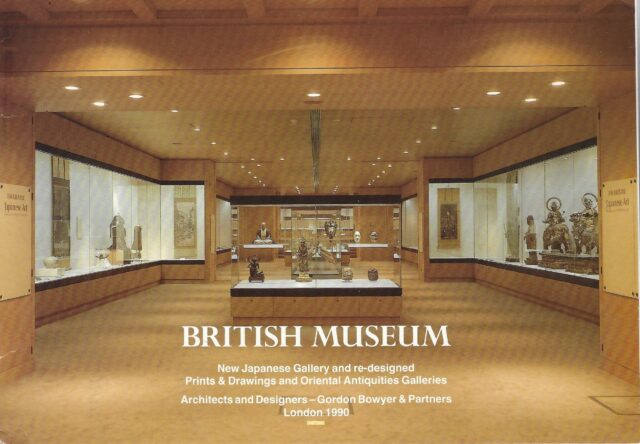
Lelo was born in 1952, and today on Alice’s Table we continue to focus on his story with the help of his younger brother Albert Danino. These two columns were born because of my wanting to pay tribute to Lelo (Aurelio Danino) and his artistic and musical talent. For me, at a local level, his sound became the sound of the 80s. I recall his music videos on GBC and his interviews – he was very much a man of mystery, and what a unique idea to call the band – LELO AND THE LEVANTS. This week gone by (21, August), marks 30 years since his passing – one of the early victims of Aids at the age of 43. With so much music material in the can, his brother Albert, remains hopeful that his music may still be revived one day as much of what he wrote still remains relevant to this day. Lelo was a talented musician who enjoyed listening to opera and symphonic music.
He collected old toys, naval postcards, and Edwardian postcards of Gibraltar. He enjoyed reading literature, but mostly read biographies. By profession he was a hardworking architect, and by 1990 had been made an Associate with the firm Bowyer, Langlands, Batchelor, having joined the team in 1983. As an architect he would work in a variety of high profile projects including the Cabinet War Rooms at Whitehall adapting and fitting up Churchill’s War time ‘bunker’ as a public museum. At the National Gallery and National Portrait Gallery – he designed special sealing units for the Barry which would be used throughout the National Gallery.
At the time he also formed part of the team responsible for the then new Japanese Gallery at the British Museum. He was also responsible for the 1991 extension and refurbishment of the Metropolitan Police Headquarters in London. At this time he was also privileged to work on behalf of the Royal Household in the adaptation of the mews complex and the Armoury adjoining Marlborough House and was congratulated by the late Queen Mother for his outstanding work.
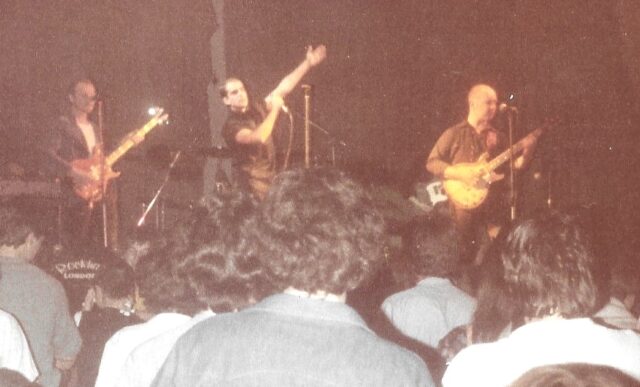
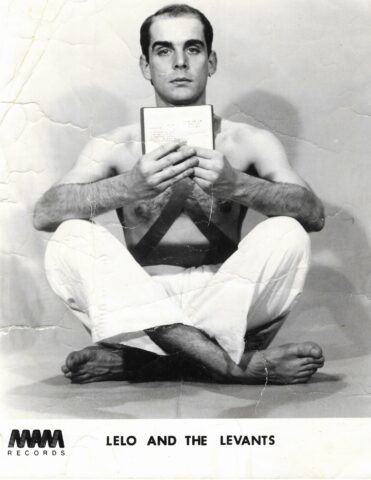
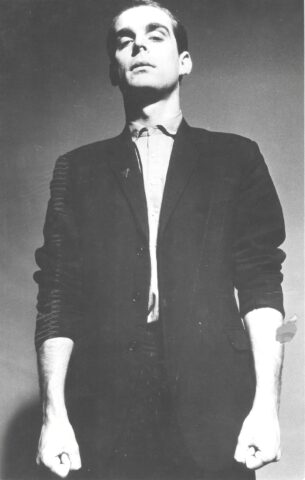
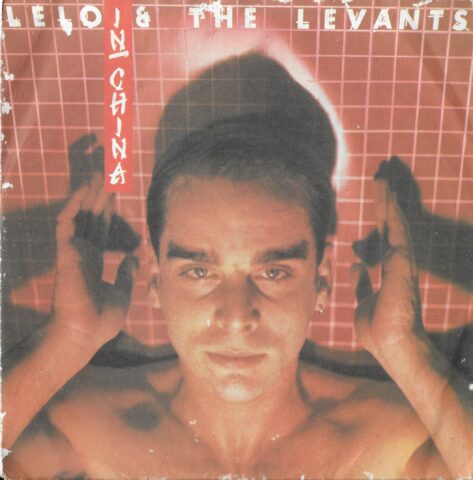
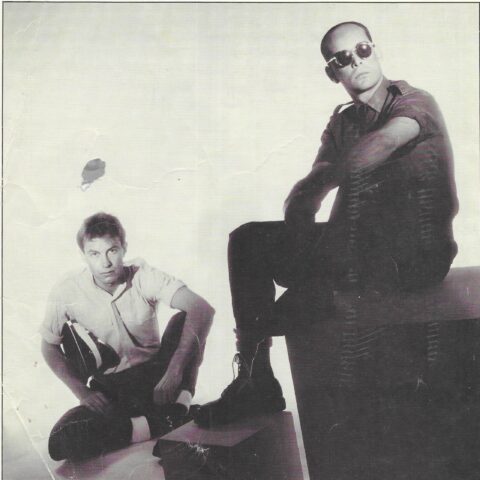
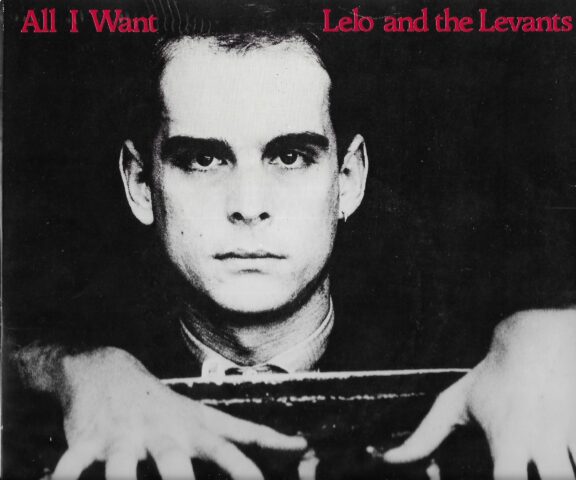
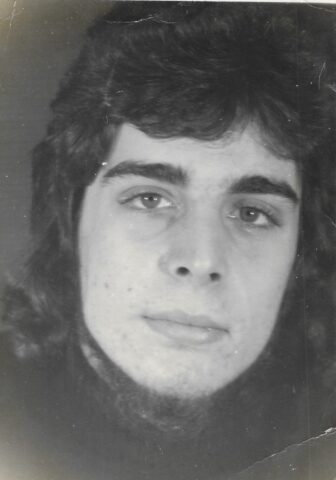
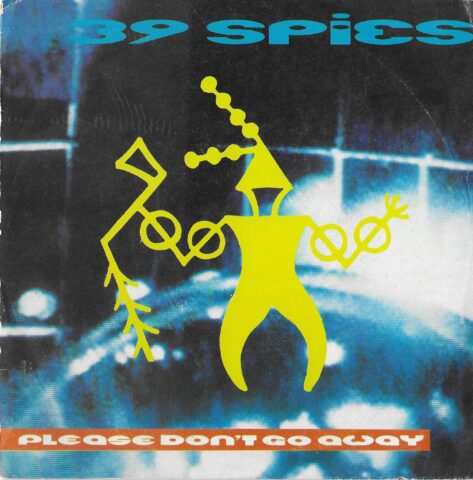
Aurelio was a product of the Gibraltar Grammar School from 1963 to 1968, and studied at Queen Mary’s College, London University, where he completed a two-year course in Civil Engineering before transferring to the Department of Architecture in 1972 at the Polytechnic of North London where he achieved his Degree in Architecture.
Although a top student, Lelo did not get a Gibraltar Government Scholarship. He wanted to study Civil Engineering but it appears there was no need for this profession in Gibraltar at the time – but he fought and got a John Mackintosh Scholarship. He left Gibraltar by 1970. After two years on the Civil Engineering course, however, he realised it was not artistic enough for him and transferred to architecture.
By the time he left for the UK he had already fronted three local bands including ‘Blossom Affair’ with the other band members being – Tito Llufrio, Joseph Carerras, John Artesani, Juan Manuel Triay, Mario Fortunato and Ernest Pozo. Lelo was their lead singer – and whilst still in school he began writing songs. When arriving in the UK, it did not take long for Lelo to find his way into the music scene and by 1979 had formed ‘The Arcs’ – a new wave five-piece band. He was their lead singer and songwriter. The band made several college and club appearances.
And as Albert first takes me back to Turnbull’s Lane he tells me how from a young age his brother was very much an artist – a creative. A quiet and friendly boy, both reserved and studious. He enjoyed painting and designing. He loved ships and enjoyed collecting postcards of them, and soon gathered a huge collection as their grandfather (on their father’s side) had been an agent for the Cunard ‘White Star Line’ – a ship chandler, as well as a butcher.
“I still have all his memorabilia – boxes and boxes – ships like the Mauritania, the Berengaria and the Titanic from the period 1910-1920. I remember he would go to all the shipping agents asking for postcards of ships. He also collected stamps. His other interests included collecting ‘Dinky and Corgi toys’ of which he had a great collection dating back to his childhood.”
Music, he recalls, was a must at home. Opera was “our breakfast, our lunch and our supper – there was always music in our home. And this greatly influenced my brother,” Albert adds.
In fact, their father Alberto, was part of a group who called themselves ‘Los Verdones’, and which met every Tuesday to listen and talk about opera – principally all were admirers of Verdi. The group of friends included Charlie Reyes, Pepe Moreno, Francis Rocca and Tony Aguilera.
Throughout his life Aurelio followed opera and was often seen at the Royal Opera House, Covent Garden. “Aurelio was musical but he never learnt to write music - but he could carry a tune and was very creative, and was always responsible for the lyrics in all his songs,” Albert says.
In 1978 – 1979, he was the lead singer and songwriter for the London Post New Wave rock bands ‘Rogue Herrings’ and ‘The Arcs’. In June 1978, ‘Rogue Herring’ became the only band from South London to qualify for the Melody Maker Folk/Rock Contest – the event was held at the old Marquee Club in Wardour Street. 15 electric bands competed for a place in the Melody Maker contest semi-final. An article in the South London Press reports on the band getting its new singer: “Lelo Danino, from Gibraltar, who is now finishing eight years as an architectural student, was selected from around 10 applications for the post, and says – I spent a lot of time trying to get used to all the old material – but now he is doing his fair share of writing new songs.”
It was 1980 when he teamed up with two other Gibraltarian musicians Oswin Falquero and Charlie Chiappe to create the sound of Lelo and the Levants.
They were a studio based band fronted by Lelo and released singles on Club Records and M.A.M Records in the UK and throughout Europe: ‘All I Want’ (1981 - extensive radio play reaching the Top 40 in the UK) ‘No Saving Grace’ (1981 – regional play listing , and Andy Peebles favourite on Radio One), ‘In China’ and ‘Tangiers’. They also recorded the debut album ‘Lelo’. In 1981 they also wrote and produced ‘Bad Boys’ for the Addicts which got to No. 1 in the Punk Chart, and No.2 in the Independent Label chart in the UK. 'Girls Go With Bad Boys’ by Roxanne was released on the DJM Label and released in Spain it reached the top 30 in the 40 Principales, Steve Kent also released ‘Tangiers’ which became a disco favourite in 1981.
By 1982 Oswin, Charlie and Lelo had created Cha Cha Productions – and it became a writing and production partnership – producing for Safari Records and Logo Records – releasing ‘Boom, Boom’ and ‘Beat Boy’ for the Lulu Boys, ‘Day-O’ by Karimu, and ‘In the Mood’ and ‘Chatanooga Choo Choo’ by Swingadilla. This period also saw several of their songs recorded by Spanish artists such as Karina – ‘Sin Ti’ and ‘No Seas Niño’. Between 1982 to 1984, the ‘Levants’ had become ’39 Spies’ and released the album ‘Doomandance Songs’ released in Spain and Germany. The two singles were ‘Where Do We Go Now’ and ‘Please Don’t Go Away’.
It was during this time that GBC produced a programme with interviews and music and, what we might call avant-garde videos of Lelo in performance – and the first video clips ever to be recorded at GBC which to my mind have stood the test of time. Filmed in the garage and studio at the old premises in South Barrack they were produced by Joe Adamberry and the music selection were some of Lelo’s best with ‘Machine Music’ – ‘Where do we go now’ – ‘In China’ – ‘Is it Love’ and ‘All I want’. The videos included some well known local personalities - Karina and Michelle Holland and the late Johnny Pearce, and dancers the late Adrian Galliano, Mario Arroyo, Louis Ghio, Paulette Finlayson, Lizanne Olivero and others.
In 1992 (shortly before Lelo passed away in 1995) Oswin and he were working on a project called ‘Electric Opera House’. Developing into a dance project under the name of ‘Vip Axis’ they released the track ‘Superman’ on Mint Jam Records.
Albert, describes Lelo as a creative who was forceful in his ambition in wanting to make it in the music industry. They achieved some success, and cut record deals and worked with a variety of singers but real success eluded him – “but he was already successful in his world as an architect and here he achieved a great deal”.
Albert strongly believes some of his musical material – such as the haunting ‘In China’, if re-released today, or even re-recorded, could find success. And why not? I would offer a re-release of ‘Is it Love’ and ‘All I want’. For the generation of the 80s who were listening to his music then – many of these songs will always be timeless. I can only hope that in this Alice’s Table tribute to one of our great musicians from the past I may have sparked renewed interest in his work. Here’s to Aurelio – Here’s to Lelo and the Levants.









